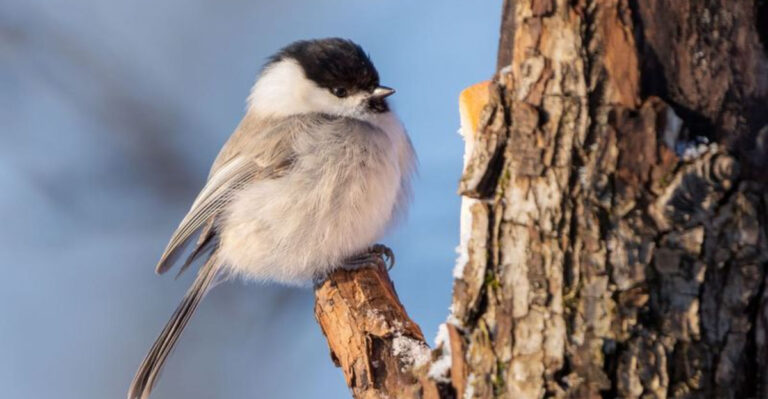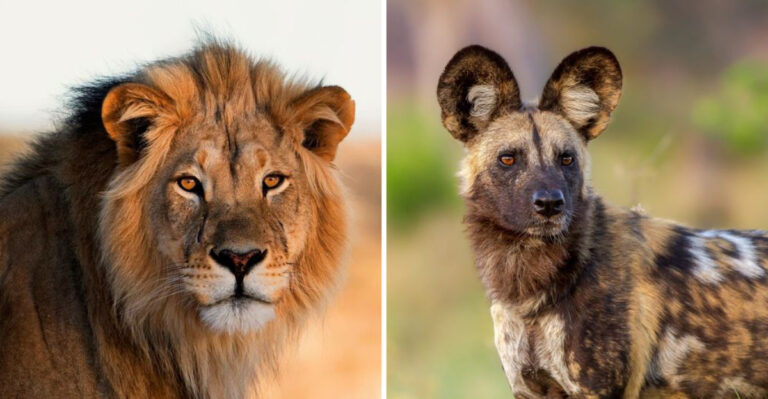10 Ways Reintroducing Wolves And Cougars Could Change Nature
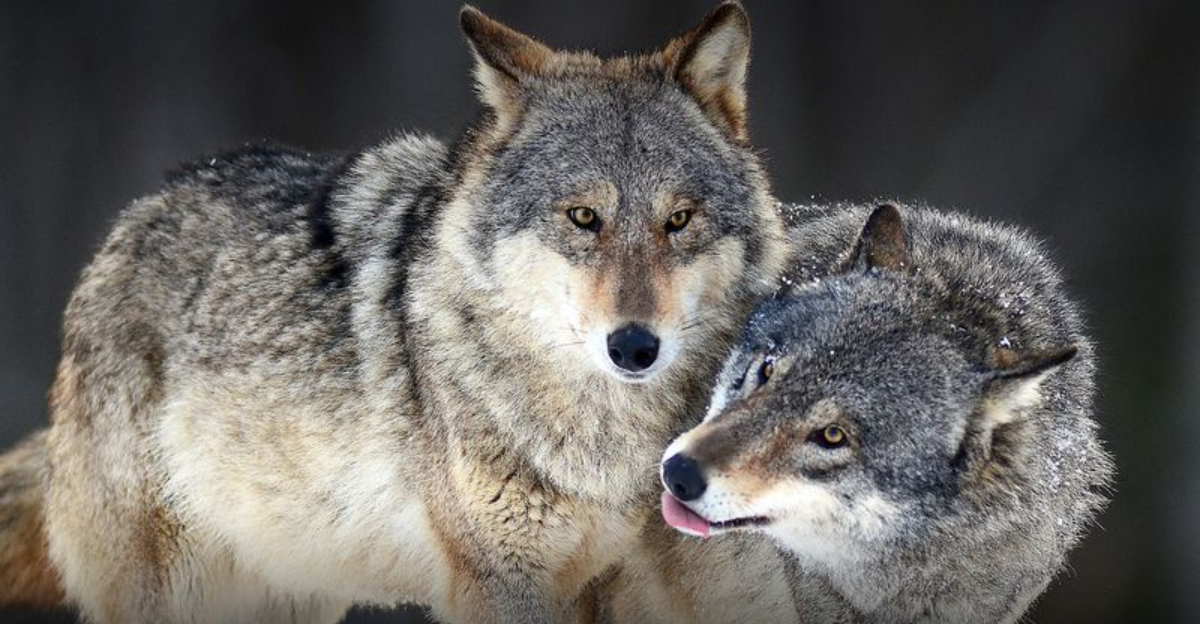
Reintroducing apex predators like wolves and cougars into ecosystems where they were once native has sparked intense debate.
While these predators play a critical role in maintaining ecological balance, their return can have both positive and negative consequences. Here are a few ways their reintroduction could reshape nature—for better or worse.
1. Restoring Ecosystem Balance
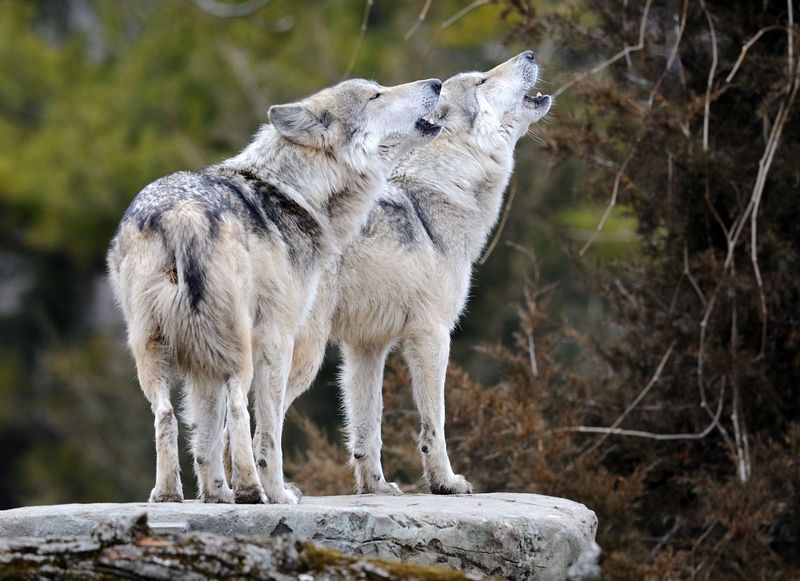
Wolves and cougars play a significant role in restoring ecosystem balance by regulating herbivore populations such as deer and elk. In the absence of these apex predators, these herbivores often multiply unchecked, leading to overgrazing which devastates plant life.
Consequently, this degradation affects other species dependent on vegetation, like birds and small mammals. By keeping herbivore numbers in check, wolves and cougars allow plant ecosystems to flourish, supporting a diverse range of life.
The absence of overgrazing means forests and grasslands can recover, contributing to a vibrant and balanced ecosystem. This natural regulation fosters biodiversity, benefiting plants and animals alike.
Ultimately, the presence of these predators creates a dynamic environment where each species, from the smallest plant to the largest mammal, plays its unique role, maintaining the delicate equilibrium of nature. This interaction exemplifies the intricate connections that sustain our ecosystems.
2. Impact On Prey Populations
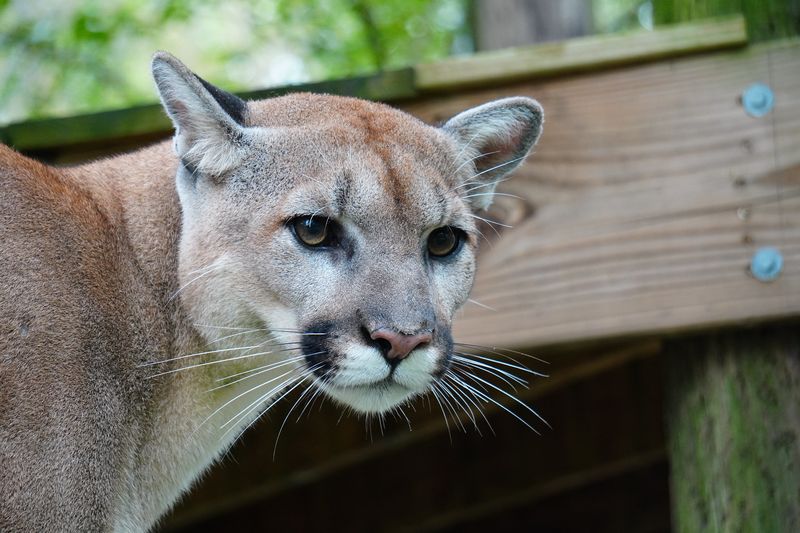
The reintroduction of wolves and cougars can initially cause a decline in prey populations such as deer, elk, and smaller mammals. This change is often a concern for hunters and wildlife enthusiasts who rely on stable game numbers for recreation and subsistence.
While it may appear troubling at first, this predator-prey dynamic is vital for maintaining a healthy ecosystem. Predators like wolves and cougars are selective, often targeting the weak, sick, or older individuals, thereby strengthening the overall health and genetic diversity of prey populations.
As prey numbers stabilize over time, the ecosystem evolves to support a more balanced wildlife community. This adjustment period is crucial as it leads to a resilient and robust environment where each species can thrive. Understanding and appreciating these natural processes helps in fostering coexistence between humans and wildlife.
3. Reducing Overgrazing & Protecting Vegetation
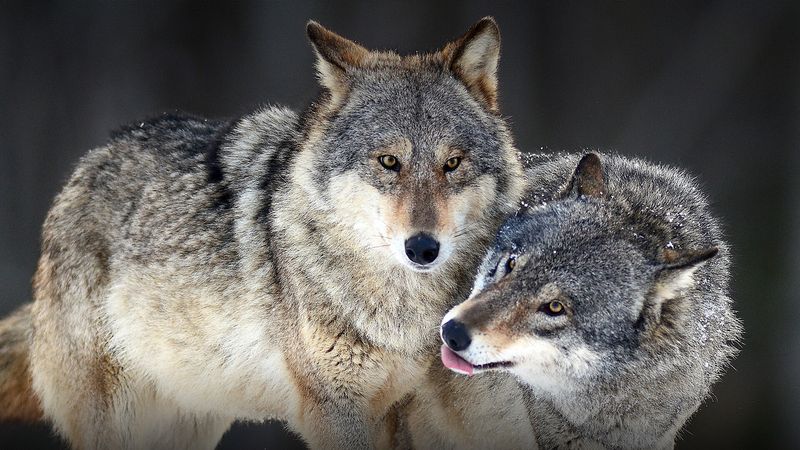
Reintroducing wolves and cougars significantly reduces overgrazing by controlling the populations of herbivores like deer and elk. When unchecked, these herbivores can devastate plant life, leading to barren landscapes and the loss of habitat for numerous species.
With predator presence, plant ecosystems have the opportunity to recover, creating lush and diverse habitats. This resurgence not only benefits plant life but also supports a myriad of other species, including birds and small mammals that rely on healthy vegetation for food and shelter.
This natural regulation helps maintain the biodiversity necessary for robust and vibrant ecosystems. By allowing plants and trees to thrive, predators indirectly enhance the ecological richness of an area.
Ultimately, this balance leads to a healthier environment where all species, including humans, can benefit from the renewed and sustainable natural resources.
4. Conflict With Livestock & Farmers
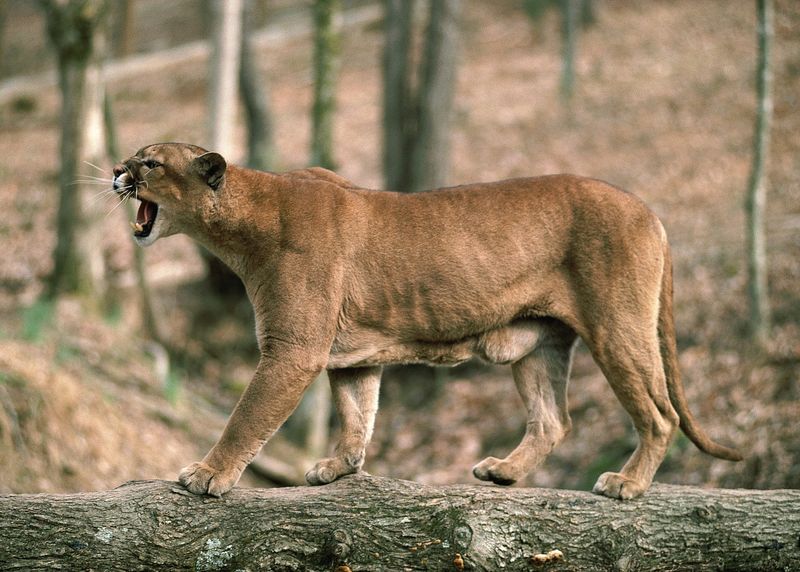
The return of wolves and cougars often results in conflicts with livestock farmers, as these predators may prey on cattle, sheep, and other domestic animals. This creates significant financial losses for farmers and can lead to tensions between conservation efforts and agricultural interests.
Balancing predator conservation with farming needs is crucial to minimize economic hardship for rural communities. Effective strategies, such as predator-friendly farming practices and compensation programs, can help mitigate these conflicts. These measures can foster coexistence between wildlife and agriculture, ensuring that both can thrive.
Engaging local communities in conservation efforts is essential to develop solutions that are both sustainable and respectful of traditional farming practices.
Through collaborative efforts, it is possible to harmonize the needs of both predators and people, leading to a more balanced and prosperous relationship between humans and nature.
5. Boosting Biodiversity
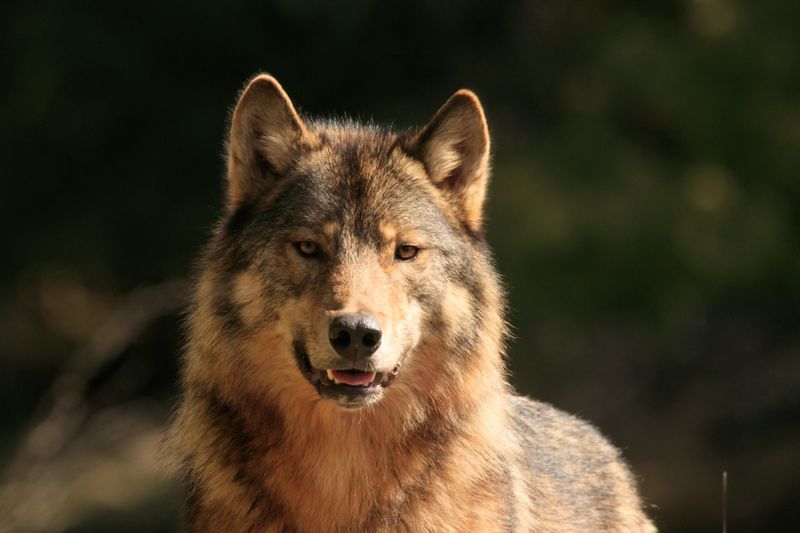
The reintroduction of apex predators like wolves and cougars boosts biodiversity by regulating prey populations and allowing ecosystems to flourish. Predators play a crucial role in maintaining the ecological balance, ensuring that no single species dominates the environment.
This balance creates opportunities for various plant and animal species to thrive, leading to a rich tapestry of life. A healthy predator population encourages a dynamic ecosystem, benefiting species at all levels of the food chain—from plants to scavengers like foxes, eagles, and vultures.
As biodiversity increases, ecosystems become more resilient and capable of adapting to changes, such as climate fluctuations or invasive species.
This resilience is essential for maintaining the health and sustainability of natural environments. By appreciating and supporting the role of predators, we contribute to a more vibrant and diverse natural world.
6. Increased Competition Among Predators
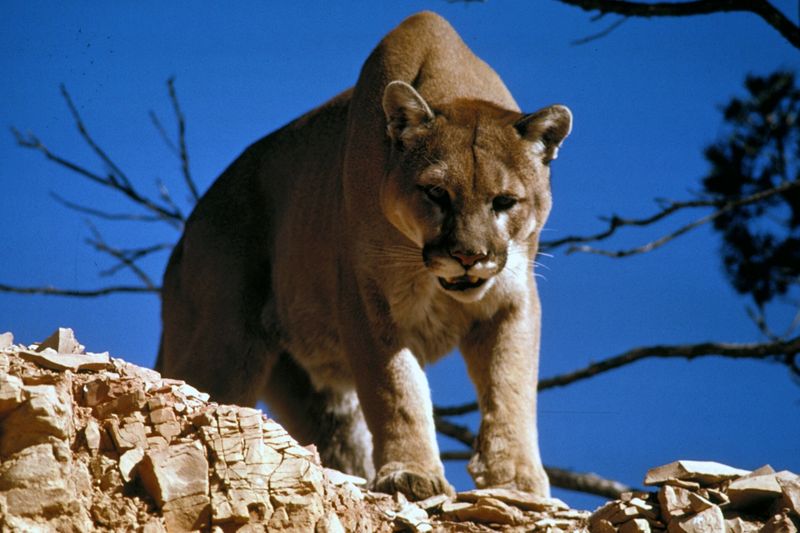
The introduction of wolves and cougars into ecosystems can lead to increased competition among existing predators such as coyotes and bears. This dynamic can result in shifts in predator populations, as these species vie for territory and resources.
While some predators may be displaced or their numbers reduced, this competition can also result in healthier and more balanced predator communities. Each species may adapt to new roles within the ecosystem, leading to diverse hunting strategies and interactions.
Observing these changes offers valuable insights into the complex relationships within nature. Understanding predator dynamics helps us appreciate the intricate balance required to sustain healthy ecosystems.
By studying these interactions, scientists can better inform conservation strategies and ensure that these vital predators continue to thrive alongside other wildlife.
7. Strengthening Natural Selection
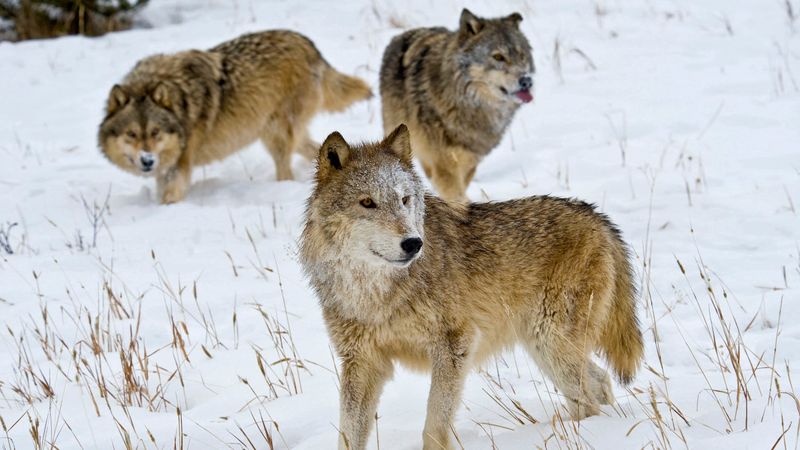
Wolves and cougars contribute to the strengthening of natural selection by targeting weaker, older, or sick prey. This predation helps maintain a healthier and more robust population of herbivores, as only the fittest individuals survive and reproduce.
This natural selection process supports the overall health and genetic diversity of prey populations, ensuring that they are better adapted to environmental changes and challenges. By removing the weakest individuals, predators help enhance the resilience and vitality of the entire ecosystem.
Understanding this role underscores the importance of apex predators in maintaining ecological balance. Their presence not only shapes the physical environment but also drives the evolutionary processes that sustain life.
By valuing these predators, we acknowledge their critical contribution to the health and sustainability of natural ecosystems.
8. Economic & Ecotourism Benefits
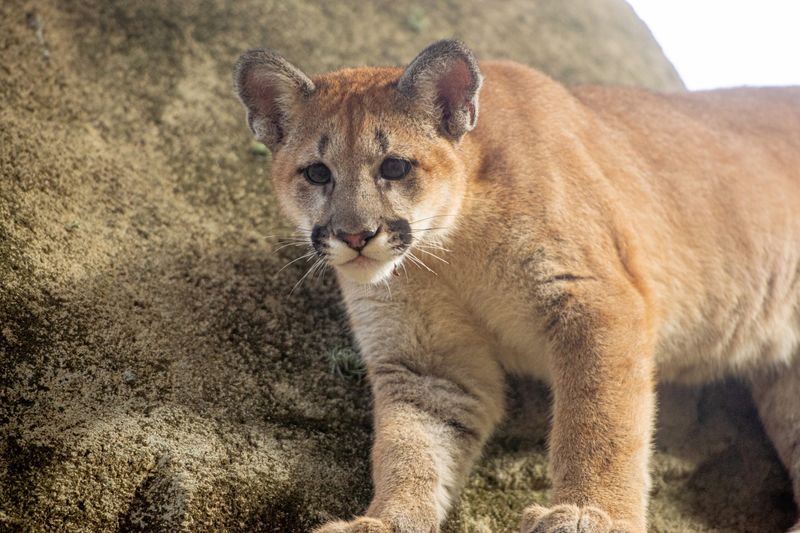
The reintroduction of wolves and cougars offers significant economic and ecotourism benefits, attracting visitors eager to witness these majestic animals in their natural habitats. This interest in wildlife tourism can boost local economies, providing income and employment opportunities for rural communities.
Ecotourism encourages sustainable travel practices and fosters a greater appreciation for conservation efforts. Tourists drawn to see predators in the wild often support local businesses, including tour operators, hotels, and restaurants, creating a positive ripple effect throughout the community.
By promoting ecotourism, we not only enhance economic growth but also raise awareness about the importance of preserving natural habitats and wildlife.
This synergy between conservation and tourism can lead to long-term benefits for both people and nature, ensuring that these remarkable predators continue to captivate and inspire future generations.
9. Potential Threats To Humans
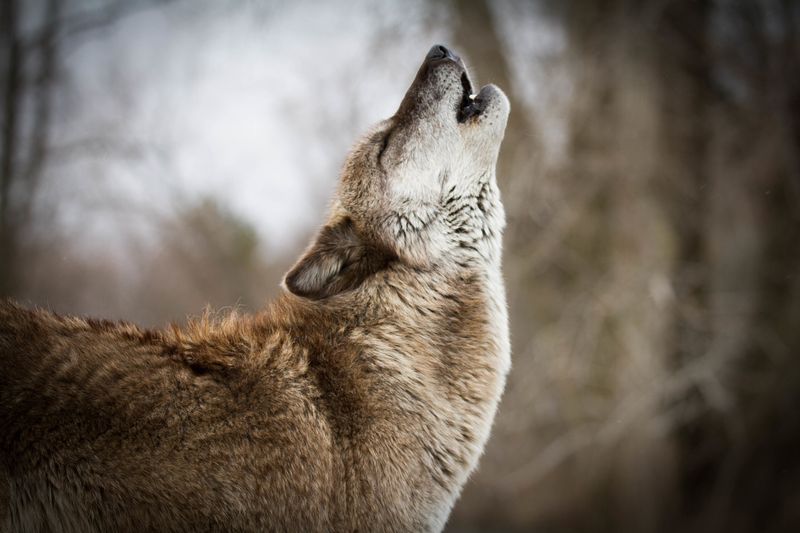
Introducing wolves and cougars into areas where humans live, hike, or camp can increase the risk of human-wildlife conflicts. Although attacks are rare, the presence of large predators can cause fear and tension among local communities.
Ensuring public safety is paramount, so education about predator behavior and safety measures is essential. Providing clear guidelines and promoting understanding can help reduce anxiety and foster coexistence between people and wildlife.
By adopting precautionary practices, such as hiking in groups or securing food supplies, individuals can minimize risks and enjoy the natural world without fear.
Encouraging respectful and informed interactions with wildlife promotes a harmonious relationship between humans and predators, ultimately enhancing our connection to nature.
10. Cascading Effects On The Entire Ecosystem
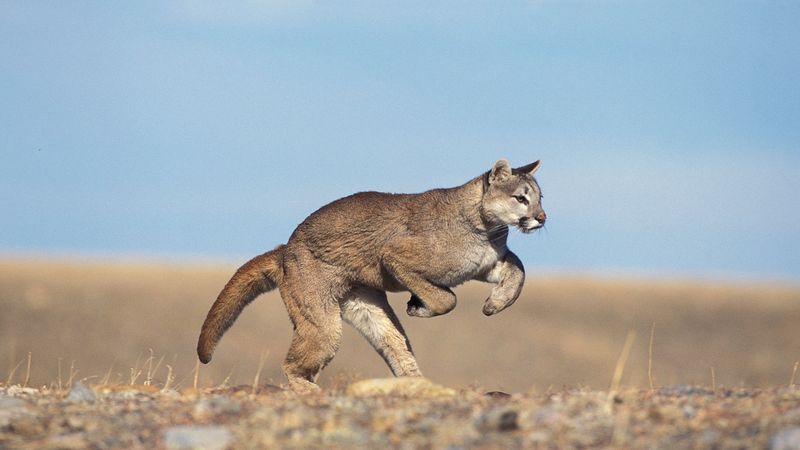
The presence of wolves and cougars triggers a trophic cascade effect, impacting various aspects of the ecosystem. This phenomenon begins with predators influencing prey behavior, which subsequently affects plant growth and the overall health of the environment.
When prey species alter their movement and feeding habits to avoid predators, it leads to less overgrazing and allows vegetation to flourish. This abundance of plant life supports diverse animal communities and enhances the ecosystem’s resilience and stability.
Understanding these cascading effects provides valuable insights into the complexity of ecological interactions. By appreciating the far-reaching impact of apex predators, we can better appreciate the interconnectedness of nature and the importance of preserving these crucial species for the health of the planet.


